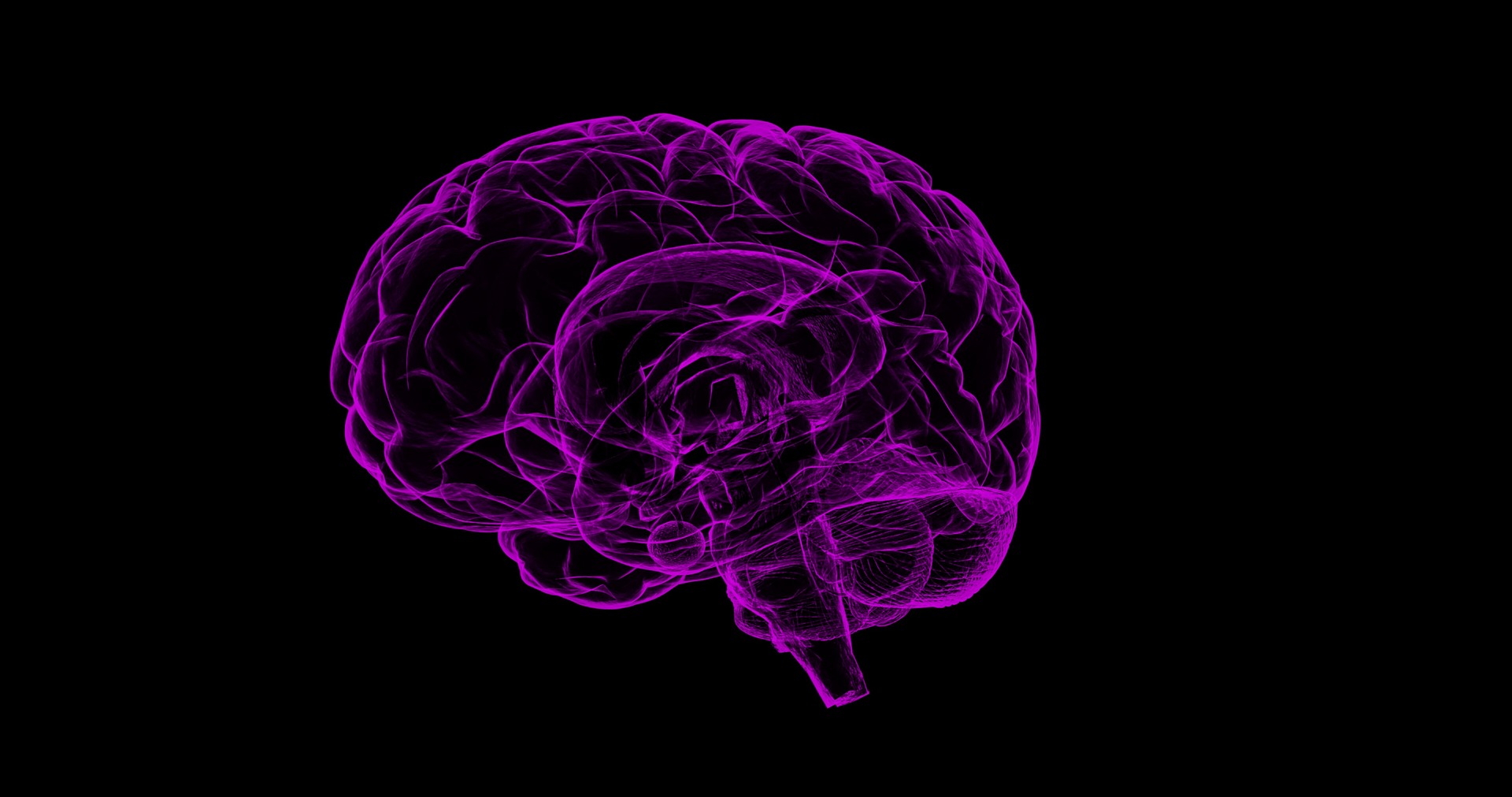Three Components of Emotional Regulation
What is Emotional Regulation?
Emotional regulation is the ability to understand and manage one's emotions in ways that nurture one's well-being and strengthen one's relationships. In this blog, we will explain emotional regulation in ADHD women by breaking it into three parts: Emotion Recognition, Emotion Reactivity, and Cognitive Emotion Regulation.

1. Emotion Recognition: Noticing and Understanding Feelings
What it means:
Emotion recognition involves identifying emotions in yourself and others. For yourself, this means noticing physical sensations such as tightness in your chest, a racing heart, or changes in your breathing. In others, it involves observing facial expressions, body language, tone of voice, and other subtle cues.
Why it matters:
When you can clearly recognize emotions, responding in ways that support your well-being and relationships becomes easier. For instance, identifying when you’re feeling stressed or overwhelmed allows you to make intentional choices that help reduce the pressure. Similarly, noticing frustration in someone else can guide you toward an appropriate empathetic response.
2. Emotion Reactivity: How Strongly You Feel Things
What it means:
This part of emotional regulation involves the intensity of your feelings and how long they last. For neurotypical individuals, emotions often feel more manageable and pass relatively quickly. For ADHD people (especially ADHD women), emotions are often felt more intensely and may last longer, mainly when they are uncomfortable. This can make it challenging to return to a sense of balance or move forward after an emotional event.
If your emotions feel overwhelming, focusing or making decisions can be challenging. Conversely, strong feelings often mean you’re deeply connected to what matters most. Learning to handle those emotions can help you use them as a source of strength rather than stress.
3. Cognitive Emotion Regulation: Thinking Through Your Feelings
What it means:
This aspect of emotional regulation focuses on using your thoughts to guide your emotional responses constructively. For instance, imagine you’ve had a misunderstanding with a friend. Instead of spiraling into negative thoughts, you might reframe the situation by asking:
- What can I help myself feel better right now?
- How can I talk about this with my friend to help?
- How can I refocus my thoughts so I am not thinking about this so much?
Why it matters:
The way you think about your emotions shapes how you handle challenges. Strategies that will help, such as finding solutions or gaining perspective, help you move forward with clarity. In contrast, unhelpful habits like self-blame or rumination can intensify stress.
Explore the linked pages at the bottom of this guide for more detailed techniques on reframing thoughts, managing negative thinking, and cultivating healthy coping mechanisms.
Psychotherapeutic Interventions
Targeting emotion regulation in therapy in affirming ways has been shown to improve social and emotional outcomes for ADHD women significantly.
Addressing these challenges in a therapeutic setting can help build effective coping strategies, enhance relationships, and foster a healthier sense of self. Therapy can also focus on shifting from "maladaptive strategies," such as rumination or catastrophizing, to more adaptive approaches like reframing and problem-solving.
What's hard about emotional regulation for ADHD women?
Women are often socialized to be highly attuned to their own emotions and those of others. This can create added pressure when they struggle with identifying their feelings, managing intense emotions, or navigating these situations effectively. This expectation can make coping with emotional regulation difficulties even more challenging, as it may feel like falling short of societal norms or personal expectations. Recognizing and addressing these struggles with self-compassion can help counteract these pressures and build a more supportive approach to emotional well-being.
What This Means for You
Emotional regulation isn’t about being perfect or calm all the time. It’s about building the tools to validate, understand, and support your emotional reactions as an ADHD person.
As a neurodivergent-affirming therapist, I emphasize that emotions aren’t something to fix—they’re part of what makes you human. By learning to recognize your emotions, understand your reactions, and think through your responses, you’re giving yourself the tools to navigate life with greater confidence, connection, and peace.
For additional strategies tailored to ADHD and emotional regulation, please explore the linked pages below.
Learn about alexithymia and ADHD






